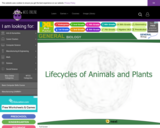
In this animated activity, sexual reproduction in animals is contrasted with the alternation of generation lifecycle of plants.
- Subject:
- Agriculture & Natural Science
- Biology
- Date Added:
- 10/15/2010
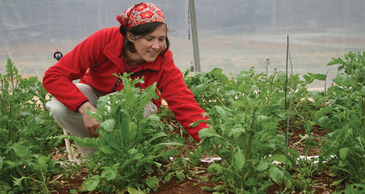

In this animated activity, sexual reproduction in animals is contrasted with the alternation of generation lifecycle of plants.
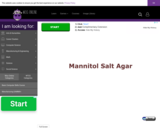
In this overview, students examine and identify mannitol positive and mannitol negative bacteria on mannitol salt agar.

In this interactive object, learners categorize different metabolic activities as catabolic or anabolic and follow a glucose molecule through the processes of glycolysis, aerobic respiration, and fermentation.

In an interactive exercise, learners identify the human body sites that harbor a normal resident flora and the sites that are sterile.

In this animated object, the learner examines 17 types of joint movement.
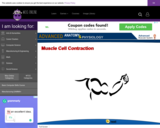
In this animated activity, learners examine muscle cell contraction and relaxation and consider the role of calcium ions.

In this colorful and interactive object, learners examine the structure and function of muscle and connective tissues. A quiz completes the activity.
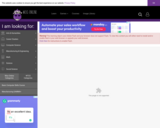
In this colorful, interactive object, learners examine nervous and epithelial tissue composition and function. A quiz completes the activity.
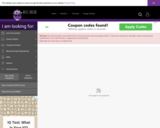
Learners match the names of parasitic organisms to the diseases they cause and the modes of transmission.

In this animated object, learners examine processes that do not use ATP directly including hydrostatic pressure and facilitated diffusion with carrier proteins.
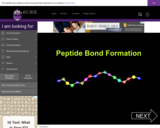
In this animated object, learners examine the formation of peptide bonds through dehydration synthesis.
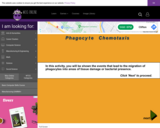
This animated object illustrates the events leading to the migration of phagocytes into areas of tissue damage and/or bacterial presence. Learners view bacterial cell phagocytosis, its subsequent enzymatic digestion, and exocytosis.
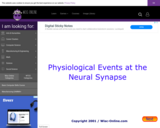
The student reviews information on the neural synapse.
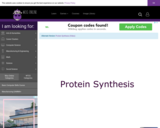
Every protein molecule of an organism is synthesized by that organism in a prescribed process. This activity helps students understand the fundamental life process of making protein.
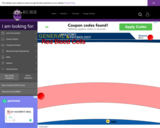
In this animated and interactive object, learners examine the red blood cell's life cycle and function. A brief exercise completes the activity.

In this interactive object, learners identify a person's regional body parts.
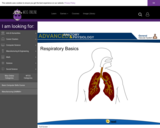
In this animated and interactive object, learners examine ventilation, external and internal respiration, and gas transport.
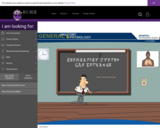
In this animated object, learners examine the mechanisms for gas exchange among the lungs, blood, and tissues.

Learners examine the structure and function of skin including the production of melanin.
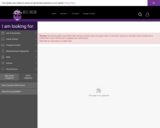
Learners listen to the pronunciation of bacteria names and then type the words. They may choose the number of names that they wish to spell (up to 70). Immediate feedback is given, and a final score is provided at the end of the activity.